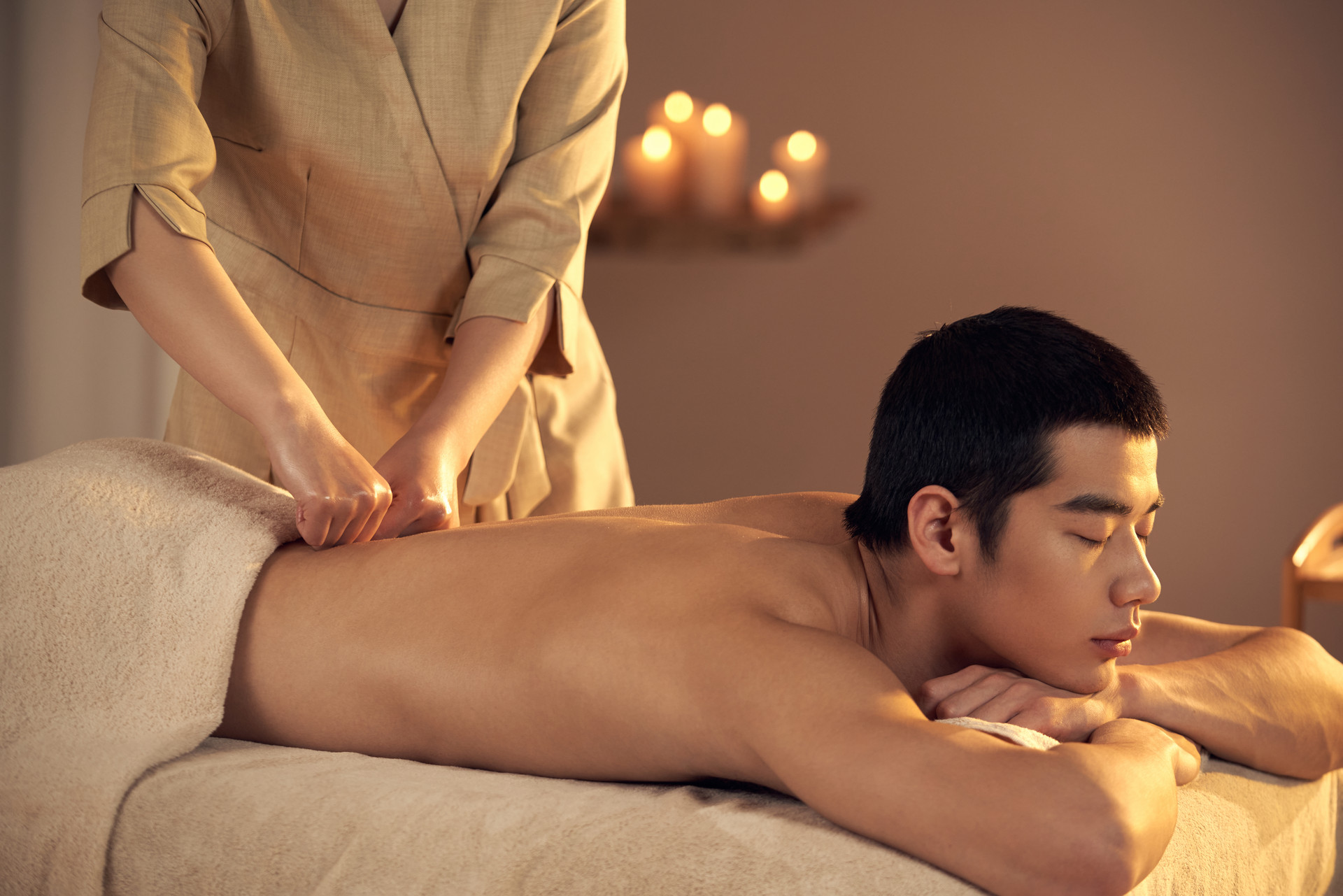Chronic rhinitis is a chronic inflammation of the nasal mucosa, characterized clinically by intermittent nasal congestion that worsens with mild nasal irritation or emotional stress. Massaging specific acupoints can improve blood circulation in the nasal area and relieve inflammation. Let's take a look at which areas to massage for chronic rhinitis.
Etiology and Pathogenesis of Chronic Rhinitis
1. Neurogenic dysfunction: Dysfunction of the central or autonomic nervous system leads to dilation of the deep arteries and veins in the nasal mucosa, hypertrophy of the nasal turbinates, increased mucus secretion, and reduced defense function, making the nasal mucosa more susceptible to infections.
2. Vitamin A deficiency: Can cause damage to the small blood vessels, elastic fibers, collagen fibers, and cilia on the nasal mucosa, resulting in thinning of the epithelium and increased susceptibility to nasal infections.
3. Local factors: Patients with nasal septum deformities, narrow nasal passages, or chronic sinusitis are prone to nasal deposition of inhaled foreign bodies or obstruction of nasal drainage, leading to recurrent infections.
4. Environmental pollution: Irritating physical and chemical factors, dust, and temperature changes can cause damage to the nasal mucosa and inflammation.
Massage Prescription for Chronic Rhinitis
Treatment principle: Disperse wind, invigorate the lungs, activate meridians, and open orifices.
Acupoints: Renzhong, Yintang, Shangxing, Baihui, Fengfu, Fengchi, Dazhui, Jingming, Quchi, Tongtian, Yuzhen, Hegu, Yingxiang, Kouheliao, Zhongfu, Feishu, Fengmen, Jianjing.
Massage techniques: One-finger Zen push, pressing, kneading, grasping, wiping, rubbing, and twisting.
Massage Methods for Chronic Rhinitis
1. The patient sits upright, and the masseur uses the one-finger Zen push technique to operate along the sides of the cervical spinous process for 5 minutes. Then, using kneading, treat Fengchi and Fengfu acupoints with a moderate amount of pressure. Next, using grasping, treat Dazhui, Feishu, and Fengmen acupoints for half a minute each, and rub horizontally along the line between the two shoulders and Dazhui, with the degree of local heat as the standard.
2. The patient sits upright or lies supine, and the masseur faces the patient and uses the one-finger Zen push technique on Renzhong, Yingxiang, Kouheliao, Jingming, Yintang, Shangxing, and Baihui acupoints, repeating several times. Then knead Quchi and grasp Hegu acupoints. After that, the masseur moves to the back of the patient, or the patient assumes a prone position, and massages Tongtian, Yuzhen, Fengchi, Fengfu, and Dazhui acupoints. Finally, use the edge of the little finger to wipe or pat the sides of the nose, with the degree of local warmth as the standard.
3. The patient sits upright, and the masseur first kneads Zhongfu acupoints on both sides with a moderate amount of pressure. Then, grasp the upper limbs and treat them with grasping from the shoulder to the wrist, repeating 5 times. Massage Quchi and grasp Hegu acupoints, and finally rub the upper limbs to end the treatment.
Key Points for the Diagnosis of Chronic Rhinitis
1. Intermittent or alternating nasal congestion that worsens with mild nasal irritation or emotional stress, severe nasal congestion may be accompanied by a reduced sense of smell.
2. Increased nasal discharge, thick and sticky, which becomes mucoid or purulent during infection.
3. Speech with a nasal tone, often breathing through the mouth, accompanied by headaches, insomnia, lack of concentration, and easy fatigue. Symptoms may improve when the patient maintains a regular lifestyle or when the climate becomes warmer.
4. Nasal examination may reveal swelling of both lower nasal turbinates, but the surface appears smooth, moist, dark red, and the mucosa is soft and elastic.
Daily Care Tips for Chronic Rhinitis
1. Patients should participate in outdoor physical activities more frequently, exercise regularly, and improve their ability to resist diseases and adapt to cold and hot nasal stimuli.
2. Develop the habit of washing the face with cold water and avoid getting chilled during climate changes to prevent upper respiratory infections.












